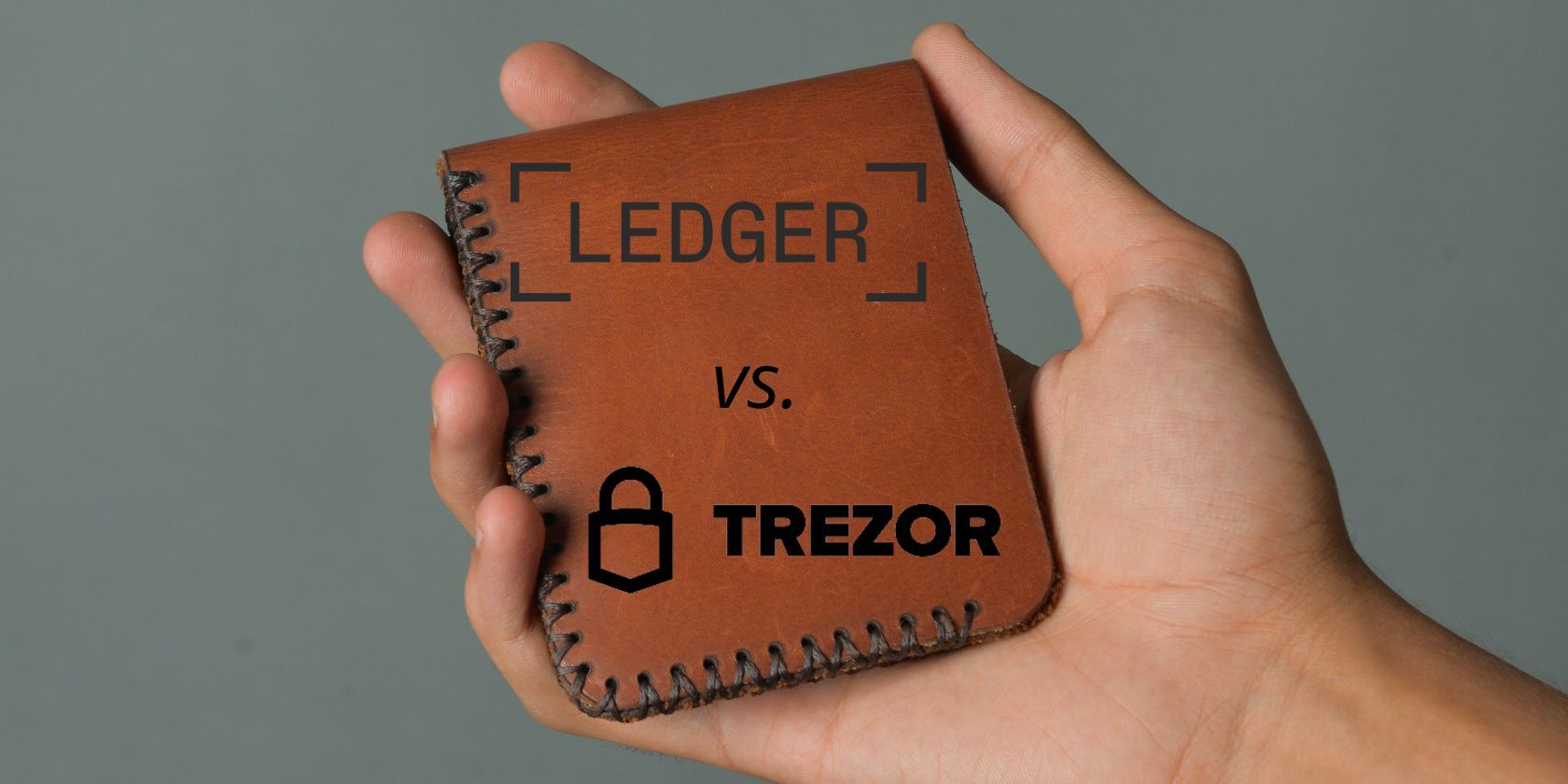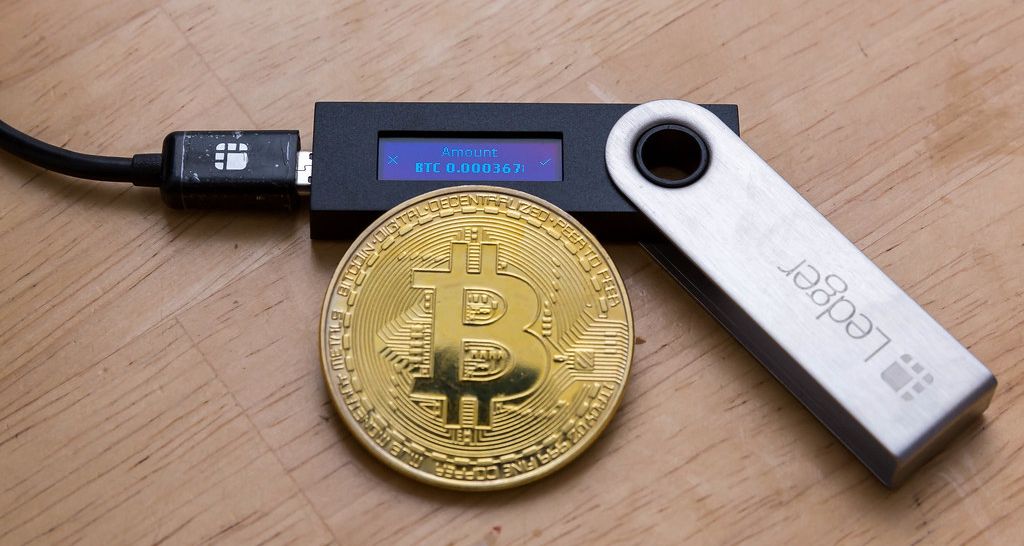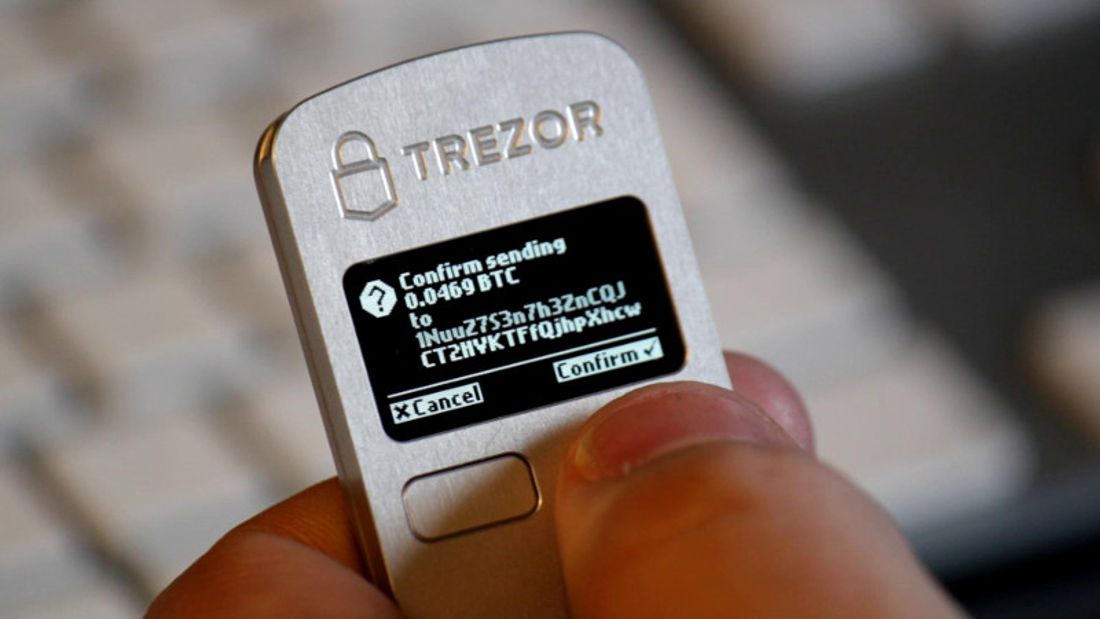Hardware wallets are a great option for keeping your crypto safe. Not only do these devices store your private keys offline, but you can physically hold them in your hand, giving you total control of where they are kept. But there are now so many hardware wallets on the market that it can be hard to decide which is best for you.
So, today, we'll be comparing two popular wallets: the Ledger Nano S and Trezor Model One. How do they differ, and which comes out on top?
The Ledger Nano S
Ledger is one of the most popular hardware crypto wallet producers out there right now. The company's two main models, the Nano S and Nano X, are now commonly used to store private keys securely. But how does the Nano S measure up? What features does it have to keep your private keys and crypto safe?
Price
Compared to some other hardware crypto wallets on the market, the Ledger Nano S is more than reasonable in terms of price. While Nano S prices vary, you can generally grab one for around $60. Ledger currently sells the Nano S for $64, though you may find it is sold out at times.
Security Features
When it comes to a crypto wallet, security is an absolute priority. So, let's discuss the Ledger Nano S's security features to determine whether it's a safe choice for you.
The first of the Nano S's security features is its tamper-resistant Common Criteria (CC) EAL5+ certified Secure Element (SE) chip. Though the name may be a little long and confusing, what's important to note here is that this means Ledger offers an extremely high level of security for its chips, on which your private keys will be stored.
The Nano S also uses the Blockchain Open Ledger Operating System (BOLOS), an open-source OS that allows you to use various applications on your hardware wallet without compromising your security.
Additionally, you'll be able to set a PIN code on your Nano S while also being provided with a seed phrase or recovery phrase, so you can still access your private keys if you lose or forget your other credentials.
Protection
Because hardware wallets are physical, it's important to consider their external protection. While you can replace your wallet if it is damaged, this can be a very inconvenient process. So, does the Nano S have any physical protection?
Unfortunately, the Nano S isn't designed to withstand a lot of wear and tear. The device is neither water nor flameproof, so you must keep it safe if you decide to buy this model.
Additional Features
Another important feature to note with any hardware wallet is the cryptocurrencies it supports. In terms of the Nano S, many of the market's big names, including Bitcoin, Ethereum, Litecoin, Dogecoin, Polkadot, XRP, and Monero are all supported. In fact, the Nano S supports over 1,000 different coins and tokens, so chances are you'll be able to store your private keys in this Ledger wallet.
In terms of OS compatibility, the Nano S works with macOS, Windows, Linux, and Android. However, it is not compatible with iOS or Chrome OS. The Nano S also has a display screen, but this doesn't have touch capability, so you'll need to control it using the buttons.
The Trezor Model One
Trezor is another market leader in the hardware wallet game, though the company only offers two versions of its wallet: the Model One and Model T. The Model One is the cheaper of the two, but that's not to say it is inferior. So, let's discuss the features offered by the Trezor Model One.
Price
Like the Nano S, the Trezor Model One is an affordable crypto hardware wallet. Again, prices at different retailers vary, but you'll generally see prices in the $80 range. So while this isn't as cheap as the Nano S, it's still fairly reasonable for a hardware wallet.
Security Features
Though the Trezor Model One is around eight years old, it offers some impressive security features for your private keys. Firstly, the Model One offers PIN protection for its users. You can create your own nine-digit PIN upon setup, giving you an initial layer of protection against unauthorized parties. The Model One will also automatically lock after ten minutes, at which point you'll have to sign in with your PIN again.
On top of this, Trezor also offers a 24-word seed phrase for private key recovery and has a feature known as the "25th seed word," which allows users to add one additional seed phrase word to improve their security even further.
Multi-signature support is another feature offered by Trezor, which requires two or more private keys to authorize any transaction from the wallet. However, Trezor's multi-signature option is currently only available via integration with the Electrum software wallet.
Protection
What's important to note about the Model One is that its entire external shell is plastic, aside from the small OLED screen. This means that it isn't equipped to withstand water or fire damage. However, it is very lightweight, so dropping it now and then may not be too much of an issue from lower heights, but we don't advise putting it to the test.
Additional Features
Like the Nano S, the Trezor Model One also supports over 1,000 cryptocurrencies, including Bitcoin, Ethereum, Litecoin, Dogecoin, Avalanche, and Shiba Inu. However, the Model One doesn't support some big coins, like Cardano, XRP, and Monero. But the Model One's successor, the Model T, does support these coins.
Additionally, the Model One's operating system is a little basic, but don't let this dissuade you. This kind of hardware wallet doesn't really require anything more advanced than this for the function it's designed to carry out. You should also note that, like the Nano S, the Model One is not compatible with iOS or Chrome OS but does support Linux, Android, Windows, and macOS. Its screen also lacks touch capability.
Model One vs. Nano S: The Final Verdict
Though both wallets offer some great security features and solid coin support, the Ledger Nano S just about takes the cake in this comparison. At a lower price and with a sleeker, more high-quality design, the Nano S offers a range of useful and protective security elements, including its Common Criteria (CC) EAL5+ certified Secure Element (SE) and BOLOS, which are not offered by the Trezor Model T.
The Nano S also supports the three cryptocurrencies not supported by the Model One: Cardano, Monero, and XRP. These three cryptos are very popular, so the Model One's lack of support for them is a little disappointing.
So, if you're looking for a super affordable hardware wallet that does the job effectively, we recommend the Ledger Nano S.
Protect Your Crypto On a Budget With the Model One and Nano S
Though we've selected the Ledger Nano S as the winner in this comparison, both wallets would make a solid option for safely storing your private keys. If you're looking to protect your crypto without breaking the bank, either of these wallets could work well for you. Just make sure you keep them safely hidden at all times!



